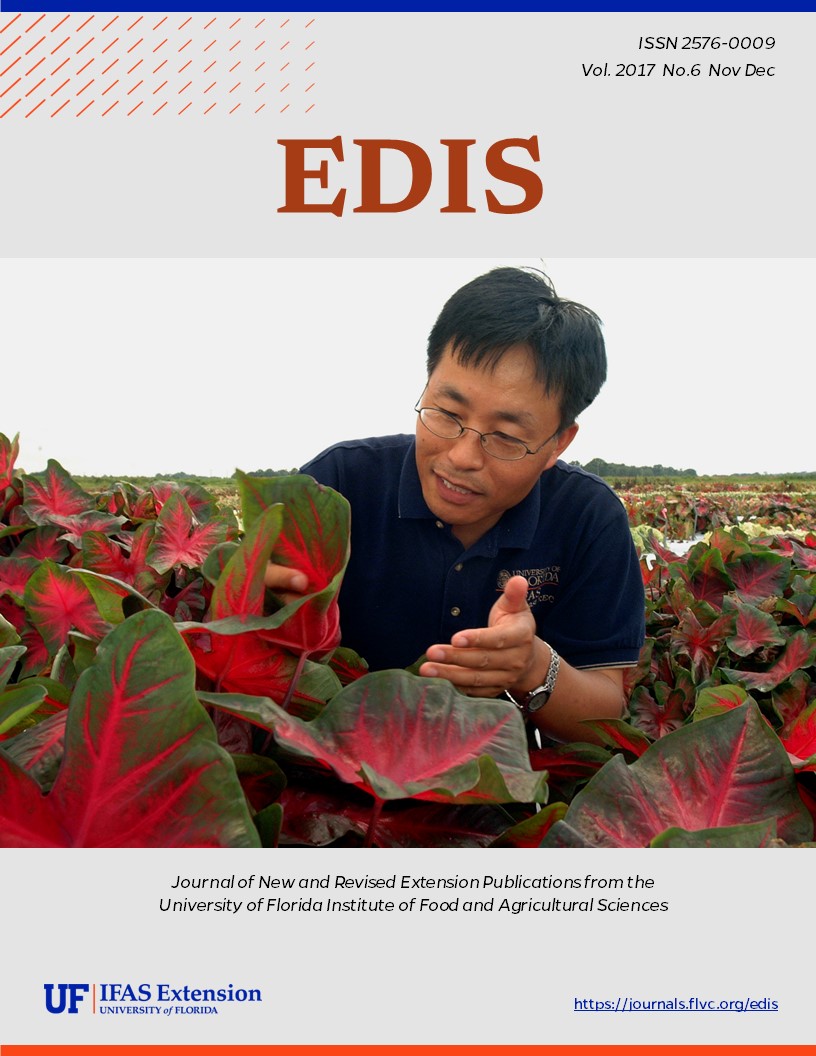Abstract
Sugarcane, a complex hybrid of Saccharum spp., is a perennial grass most often grown in the United States for the production of sugar and molasses; however, the sugars extracted from sugarcane can be easily fermented to produce ethanol that is known as first-generation ethanol. Sugarcane byproducts (i.e., bagasse, which is biomass remaining after the juice is extracted from the stalks) and other energy grasses (such as energy cane, giant reed, elephant grass, and erianthus) can be used to produce cellulosic ethanol, known as second-generation ethanol. The term energy cane is used to describe hybrids of Saccharum sp. that have been selected for high biomass, high fiber, and low sucrose concentration. Due to high biomass and non-invasiveness, energy cane has high potential to be considered as feedstock for cellulosic ethanol production in Florida.
References
Potential Feedstock Sources for Ethanol Production in Florida (http://edis.ifas.ufl.edu/fe650)
Energy from Crops: Production and Management of Biomass/Energy Crops of Phosphatic Clay in Central Florida (http://edis.ifas.ufl.edu/eh213)
Plants Profile—Saccharum spp. (http://plants.usda.gov)
Sugarcane Botany: A Brief View (http://edis.ifas.ufl.edu/sc034)
Nutritional Requirements for Florida Sugarcane (http://edis.ifas.ufl.edu/sc028)

This work is licensed under a Creative Commons Attribution-NonCommercial-NoDerivatives 4.0 International License.
Copyright (c) 2017 UF/IFAS

